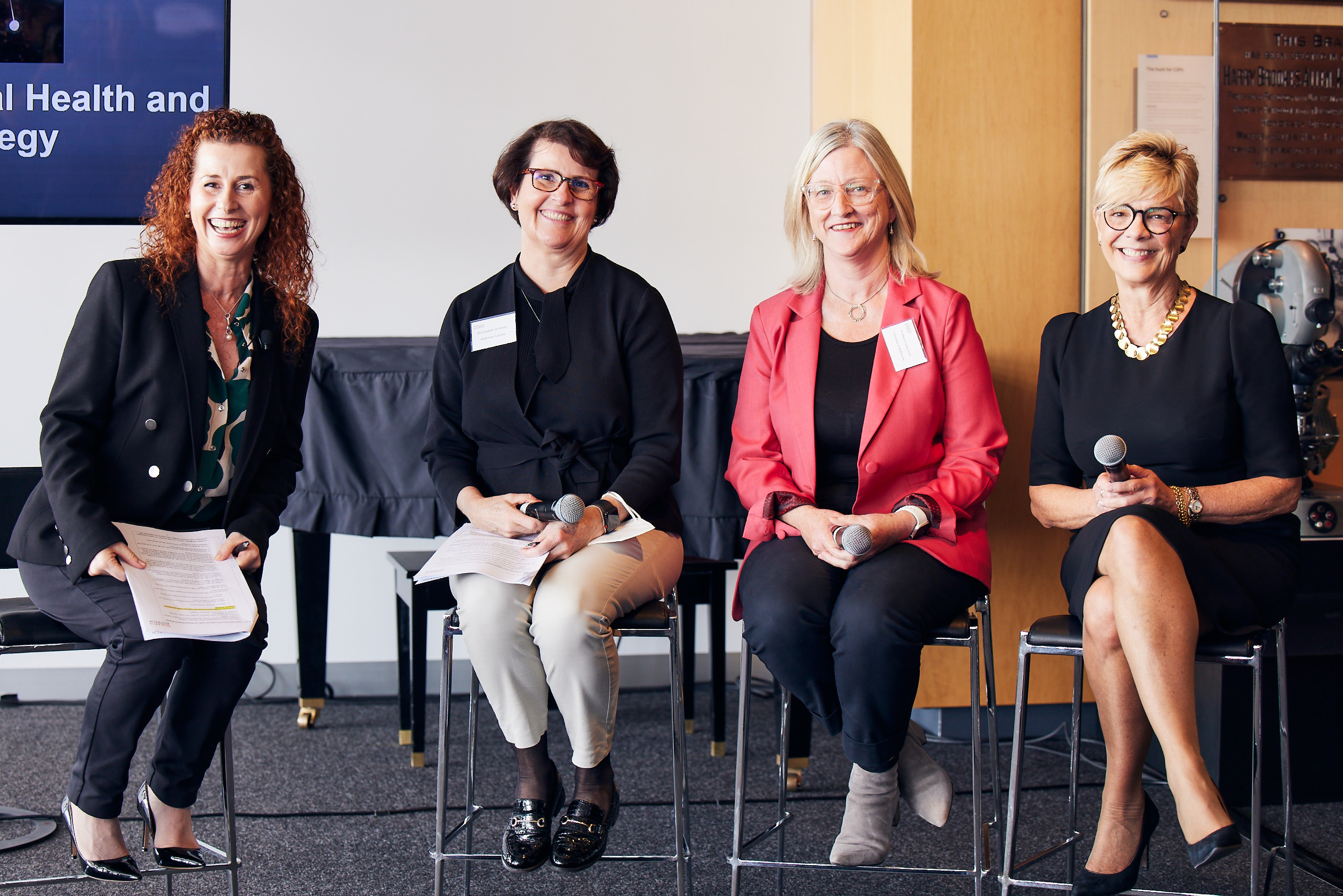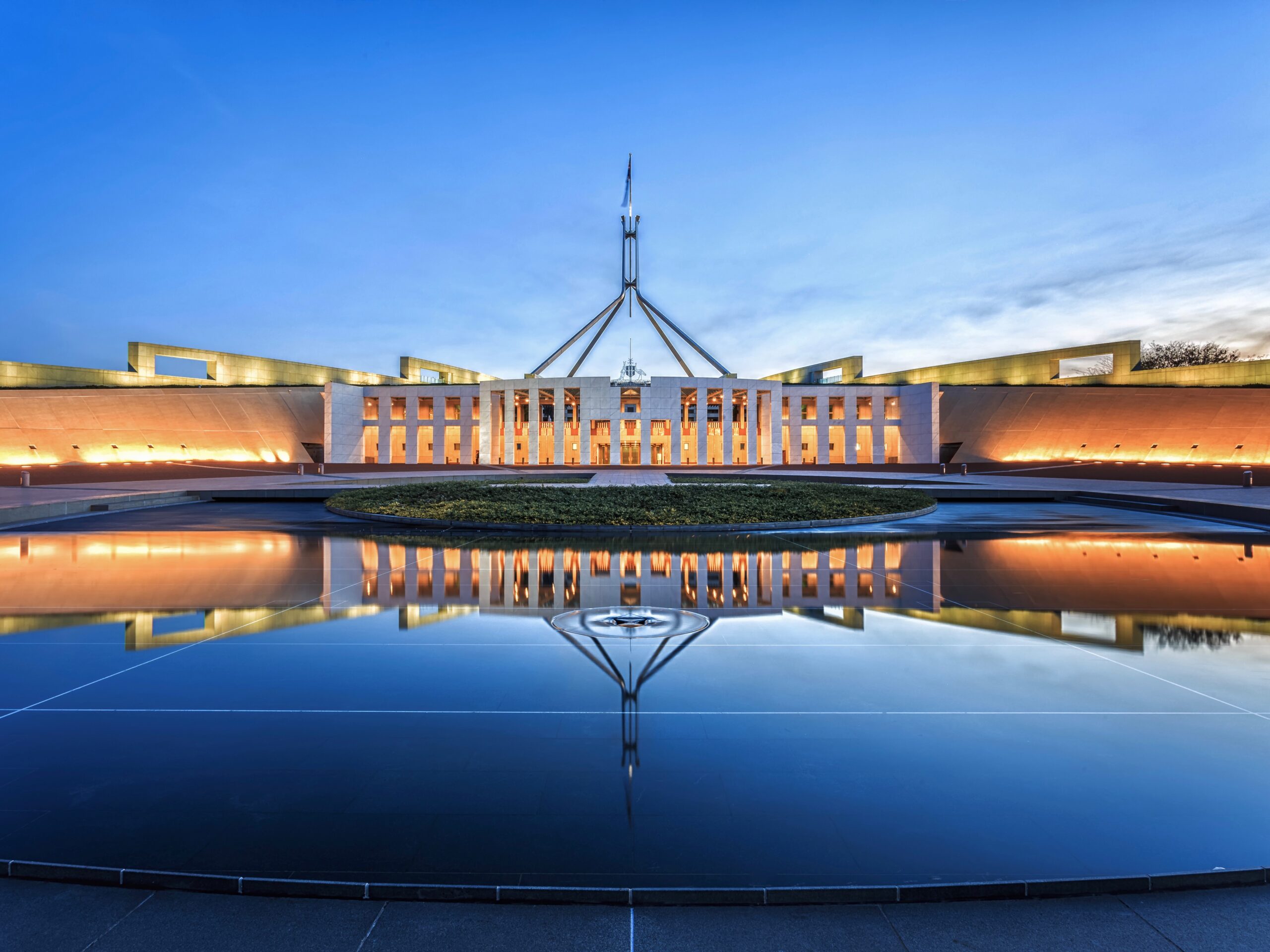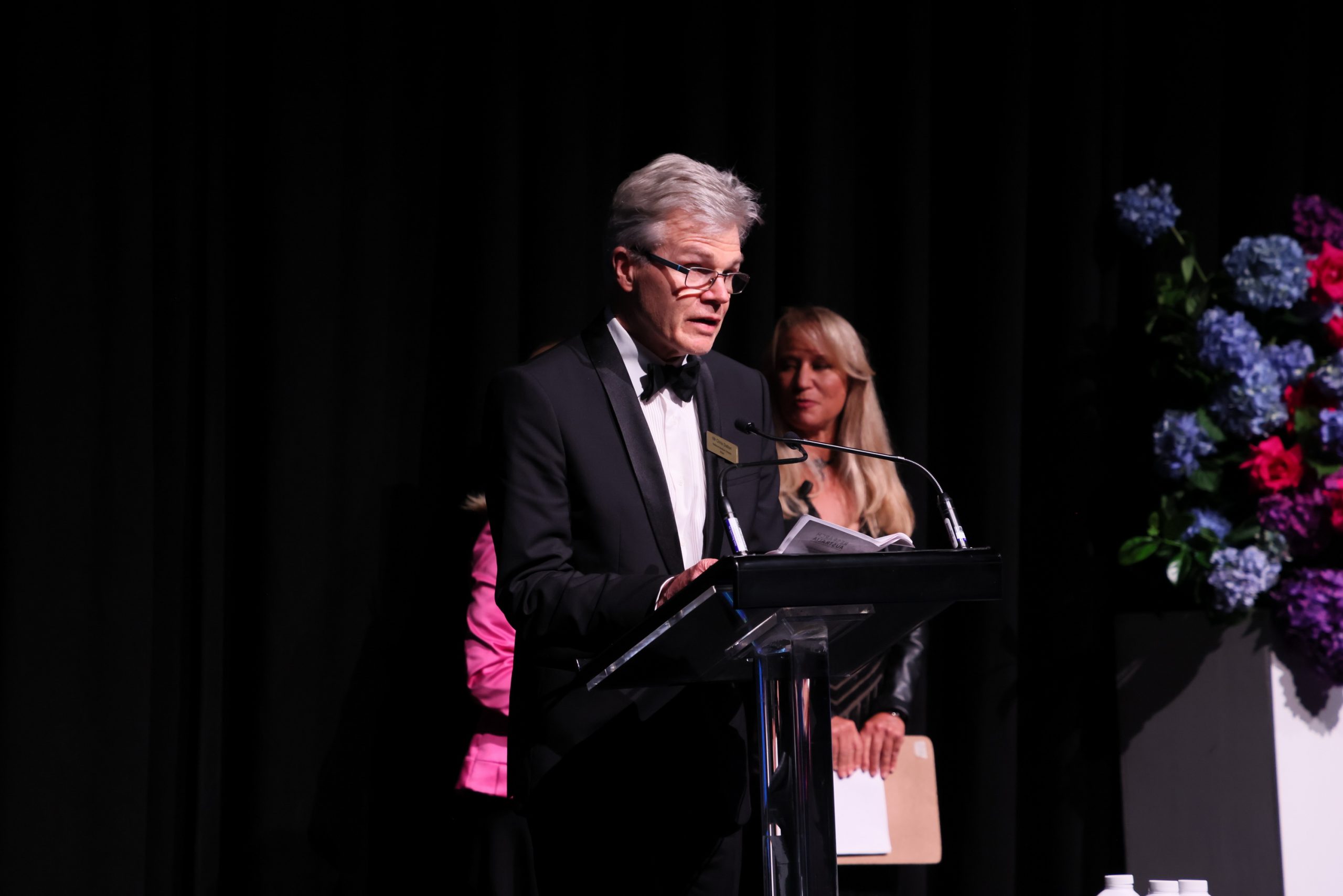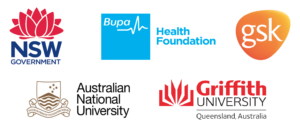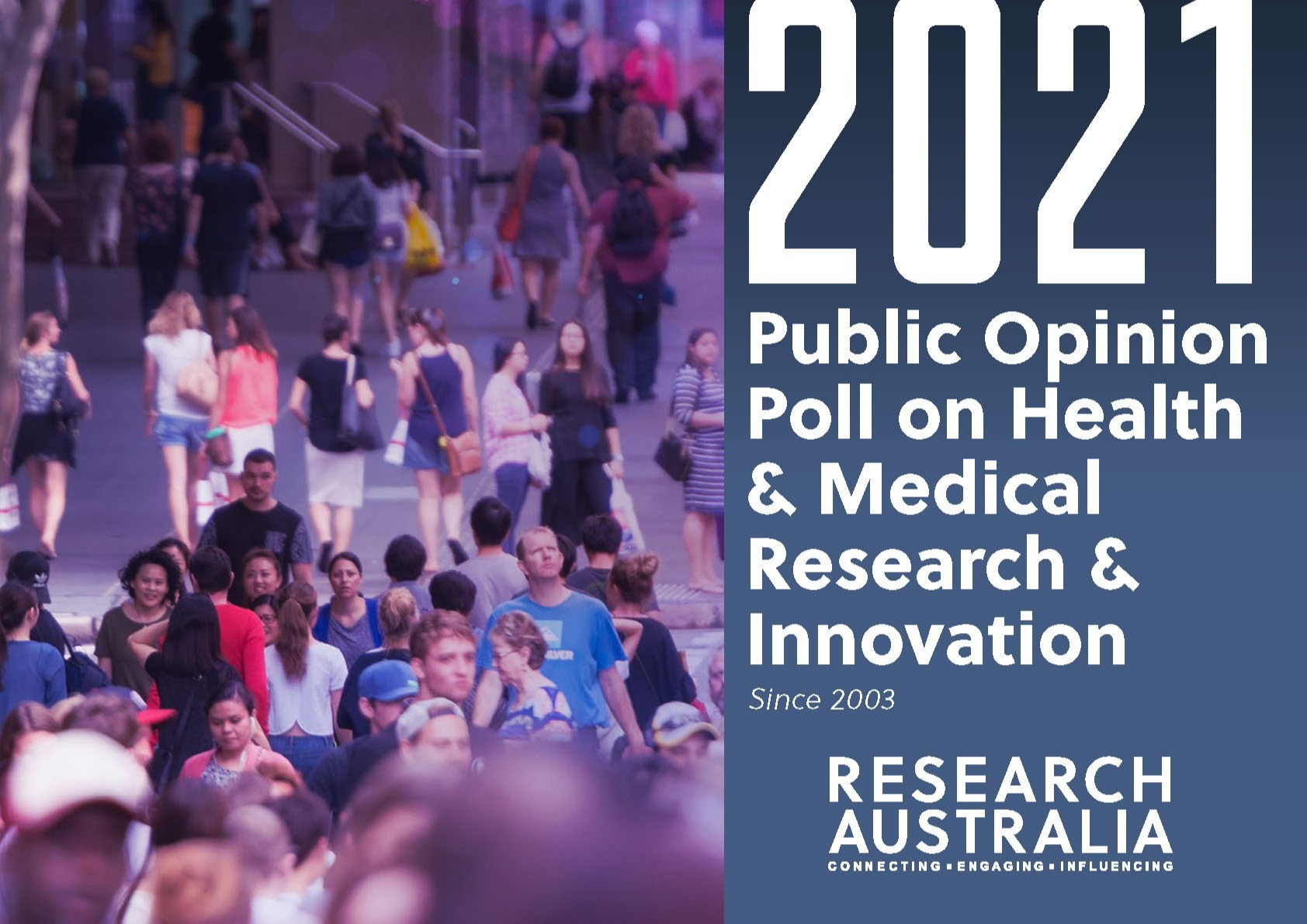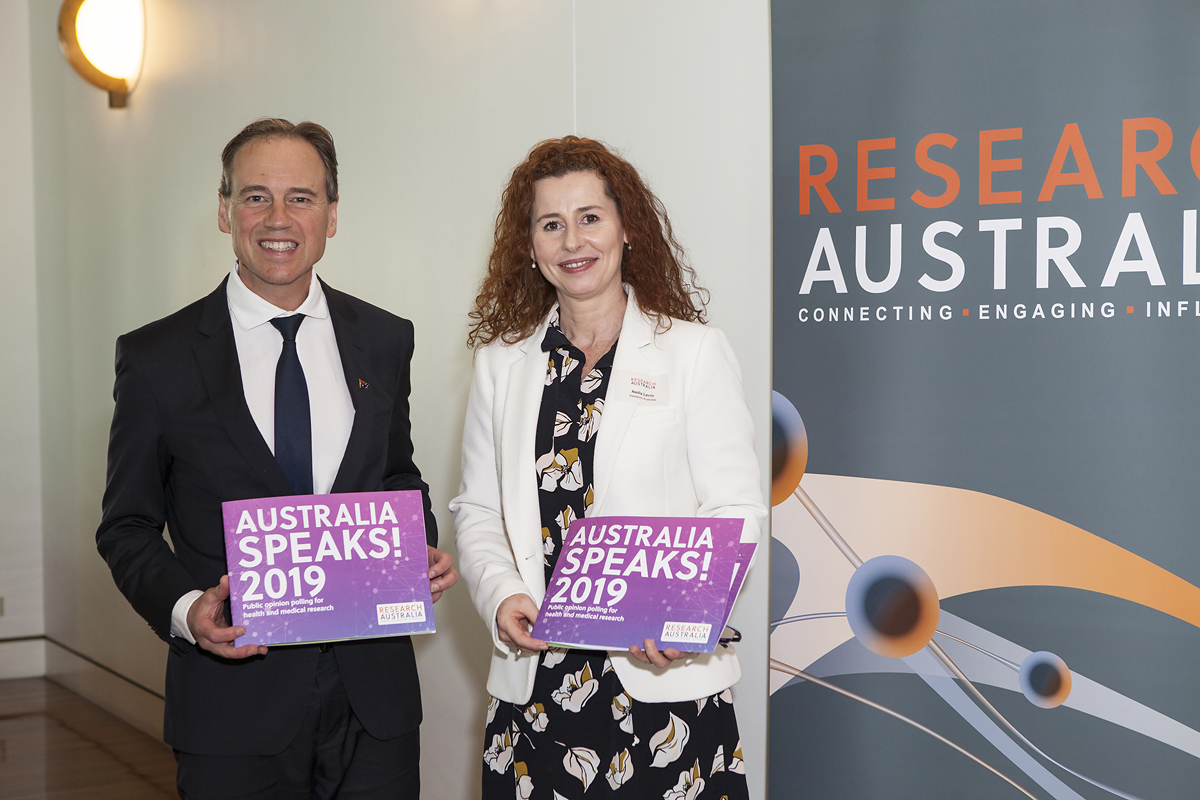Summary
With an election due to be called any day now, it is no surprise that the 2022 Budget has contained some significant spending commitments.
The rising cost of living has become a key election issue and this Budget delivers cash payments, extends tax relief and cuts the fuel excise in half for six months. Rising inflation also affects health and medical research, making the cost of undertaking research higher. Disappointingly, the Government has once again failed to address this issue, with increases in funding for the NHMRC failing to even keep pace with inflation. The ARC’s Discovery program is forecast to increase slightly in real terms by around 1% per annum above forecast inflation. The ARC Linkage Program will increase by around the same amount, but is also expected to deliver new Industry Fellowships announced in February as part of the University Research Commercialisation Scheme.
There are big spending announcements in areas as diverse as Defence and infrastructure. While not on the same scale, there is some good news for health and medical research, including:
-
- A continuation of the important MRFF Frontier Health and Medical Research initiative (designed by Research Australia in partnership with the Department of Health) out to 31-32;
- $28.1 million for a new government agency, Genomics Australia, to support the implementation of genomics as a standard of care in Australia;
- Much-needed funding for primary care research with an additional $70m through the MRFF and $1.9m to the University of QLD for an effectiveness-implementation trial to reduce anti-depressant use; and
- Targeted funding for research of benefit to rural and regional Australia with new University Departments of Rural Health at Edith Cowan University and Curtin University and a new Rural Clinical School at Charles Sturt University.
This year’s Budget also includes the announcement of the Biotechnology in Australia- Strategic Plan for Health and Medicine, which focuses on the health and medical applications of biotechnology. A framework to identify gaps and align future initiatives to support the important biotechnology sector is very welcome news. Research Australia will be watching this initiative closely to understand how it aligns with Vision 2040 the National Strategy for Health and Medical Research announced by Minister Hunt at the Research Australia Awards last year.
The spending in this Budget has been made possible by better than forecast tax revenue, led by high export prices for commodities like iron ore and coal. What the Budget fails to do in any meaningful way is prepare Australia for the post-mining resources economy, where we will need to rely on the production of high-value-added goods and services if we are to maintain our standard of living. Research Australia has been arguing for several years now for a substantial, sustained and long-term investment by the Government in R&D. Once again, this issue has not been addressed.
The innovation focus of this Budget appears to be a continuation of the Government’s research commercialisation agenda, first announced in February, with $988.2m of funding over five years, including $505.2m to establish Australia’s economic accelerator grants to support collaboration between universities and industry.
Please read on for our summary of what this Budget means for health and medical research and innovation.
Health Portfolio
In Research Australia’s Pre-Budget Submission and our Pre-Election Statement we continued to call for increases in funding for the NHMRC’s Medical Research Endowment Account (MREA). This Budget sees the Government’s funding to the MREA continue to decline in real terms. This is of genuine concern to the health and medical research community; it jeopardises our long term research capability and increases the precariousness of research careers, especially for early and mid-career researchers. Addressing these and other issues are at the centre of Research Australia’s advocacy for a truly National Health and Medical Research Strategy, which has been given impetus by Health Minister Greg Hunt’s announcement last year of Vision 2040. We are working with Commonwealth, State and Territory Governments to make this vision a reality.
Overall health expenditure reflects the recurrent expenditure needed to maintain our health system as is. While there is some funding for planned growth, there is not the major funding injection that so many from the medical community and State and Territory Governments have been calling for.
Medical Research Future Fund
The amount of funding available from the MRFF is predicted by the Budget to be $650 million per annum over the next four years. The MRFF 10 year Plan, first announced in the 2019 Budget has been extended, committing $6.3 billion across the following themes:
- $2.1 billion over 10 years from 2022-23, representing a further $604.8 million for medical translation to support medical discoveries become part of medical practice
- $1.5 billion over 10 years from 2022-23, representing a further $114.9 million for medical research to help researchers tackle significant challenges through investment, leadership and collaboration
- $1.4 billion over 10 years from 2022-23, representing a further $117.4 million to support patients by funding innovative treatments, supporting clinical trials, and delivering more advanced health care and medical technology
- $1.3 billion over 10 years from 2022-23, representing a further $495.4 million for medical researchers to make breakthrough discoveries, develop their skills and progress their careers in Australia.
The Government will extend the Biomedical Translation Fund’s (BTF) initial investments period by a further 3 years to support the commercialisation of biomedical discoveries.
The funding available from the MRFF each year is dependent on the investment return on its capital. Investment returns for the MRFF were adversely affected by the COVID driven economic downturn. In the mid-year budget review in December 2020, the Government committed to delivering additional funding of $172.5 million from consolidated revenue to enable it to meet the spending outlined in the MRFF 10 year Plan for 2021-22. A further ‘top up’ was not required in the 2021-22 Budget because markets bounced back. This Budget forecasts healthy investment returns for the MRFF.
NHMRC Programs
The 2022/23 Budget reveals funding for the NHMRC’s programs continuing to grow very slightly, and slower than was forecast in last year’s Budget. The increase in this financial year is 1.7%, with annual increases of around 1.5% per annum over the forward estimates. This is lower than the forecast CPI of 3.0% for 2022-23 and CPI of 2.75% in 2023-24. It also comes on top of CPI of 4.25% in 2021-22. In effect, NHMRC funding continues to decline in real terms, as it has done for many years now.
NHMRC Medical Research Endowment Account Funding
| $m. |
20-21 |
21-22 |
22-23 |
23-24 |
24-25 |
25-16 |
| Funding to MREA
2022 Budget |
|
863.266 |
877.952 |
891.094 |
905.355 |
918.985 |
| Funding to MREA
2021 Budget |
853,864 |
863,266 |
875,362 |
887,588 |
899,124 |
N/A |
| Funding to MREA
2020 Budget |
853,864 |
862,412 |
872,770 |
884,960 |
N/A |
|
| Funding to MREA 2019 Budget |
856.250 |
869.950 |
883.870 |
N/A |
N/A |
|
Preventive Health Strategy
In December last year, the Australian Government published the National Preventive Health Strategy 2021-2030. The Strategy refers to the ‘need to significantly enhance investment in prevention in order to achieve a better balance between treatment and prevention. A long-term, sustainable funding mechanism is essential to achieving the aims of this Strategy, including that investment in prevention is increased (Aim 4).’
The 2022 Budget includes only a modest $30.1 million over 4 years from 2022-23 to improve health outcomes through preventive and other health initiatives under the National Preventive Health Strategy 2021-2030. Only some of this funding is new, with part being met form ‘within the existing resources of the Department of Health’. None of this funding is directed to research to support preventive health measures.
Elsewhere in the Budget under the heading of preventive health there is funding of $1 million over 2 years from 2022-23 to conduct research to address priority men’s health issues in line with the objectives of the National Men’s Health Strategy 2020-2030.
MND Clinical Trials
Staying with direct Department of Health funding for research, $4 million will be provided over 2 years from 2022-23 to the FightMND Foundation for the delivery of early-phase clinical trials to develop new treatments for Motor Neurone Disease.
Comprehensive Cancer Centre for WA
Earlier this week the Prime Minister announced $375 million to establish a comprehensive cancer centre in WA, modelled on the Victorian Comprehensive Cancer Centre and the Chris O’Brien Lighthouse in Sydney. Proposed by Research Australia member the Harry Perkins Institute of Medical Research, it is also dependent on funding form the WA Government, which has yet to be confirmed.
Education Portfolio
Nearly half of all Australian health and medical research is undertaken in the higher education sector, and the Department of Education makes a significant contribution to the funding of this research through several programs, as outlined below.
ARC Programs
The Australian Research Council’s Funding Programs are critical to Australian publicly funded research, including to the life sciences and medical technologies.
Discovery Program
Over the forward estimates in this Budget, the funding to the ARC for the Discovery Program increases by 4.5% compared to 2021/22, and by an average of 4.5% per annum over the forward estimates. This means that for the first time in many years the Discovery Program is forecast to increase slightly in real terms (i.e. at a rate higher than inflation). The increase is not significant, perhaps only 1% above forecast inflation, but nonetheless welcome.
Discovery Program
| $m. |
21-22 |
22-23 |
23-24 |
24-25 |
25-26 |
| 2022 Budget |
489.188 |
511.074 |
535.915 |
562.406 |
585.206 |
| 2021 Budget |
489.188 |
494.922 |
501.162 |
509.432 |
|
| 2020 Budget |
487.016 |
487.860 |
490.610 |
|
|
| 2019 Budget |
525.537 |
538.350 |
N/A |
|
|
Linkage
The ARC Linkage Program has been singled out by the Government as an important component of Australia’s innovation system and is delivering the Industry Fellows component of the University Research Commercialisation Scheme. Accordingly, there is a boost to the Linkage Program’s funding in this Budget of around $11 million per annum compared to what was allocated last year. Like the Discovery Program, this equates to annual increases of 4.5% per annum, about 1% per annum ahead of inflation over the forward estimates. At the same time, the Linkage Program is meant to be delivering 800 new Industry Fellowships over 10 years announced in February; the increases announced in the Budget are not enough to enable it to do this and also keep up with inflation. Funding the Industry Fellowships will require savings elsewhere in the Linkage Program.
Linkage Program
| $m. |
21-22 |
22-23 |
23-24 |
24-25 |
25-26 |
| 2022 Budget |
325.454 |
340.820 |
357.704 |
375.595 |
390.950 |
| 2021 Budget |
325.454 |
329.948 |
334.109 |
339.622 |
|
| 2020 Budget |
323.871 |
325.240 |
327.074 |
N/A |
|
| 2019 Budget |
295.246 |
301.741 |
N/A |
N/A |
|
Research Support
In addition to providing funding for the ARC research programs, the Department of Education and Training provides funding to universities to help cover the indirect costs of research.
In the 2020 Budget, the Government used the Research Support Program to provide a vital injection of $1 billion into higher education research in the current financial year. No further injection was provided in last year’s Budget and funding in this Budget for 2022-23 is actually lower than was forecast in the 2019 Budget. The increases forecast in this Budget averages 2.5% per annum over the forward estimates. Once again this is less than inflation and represents a decline in funding in real terms.
Research Support Program
| $m. |
20-21 |
21-22 |
22-23 |
23-24 |
24-25 |
25-26 |
| 2022 Budget |
|
930.659 |
951.188 |
978.674 |
1,002.668 |
1,028.230 |
| 2021 Budget |
1918.298 |
930.659 |
942.775 |
958.326 |
974.143 |
|
| 2020 Budget |
1918.298 |
926.490 |
929.270 |
938.107 |
N/A |
|
| 2019 Budget |
920.573 |
941.748 |
962.455 |
N/A |
N/A |
|
| 2018 Budget |
1018.879 |
1042.302 |
N/A |
N/A |
N/A |
|
Funding for the indirect costs of research funded by the MRFF is provided from the Research Support Program. With the MRFF providing hundreds of millions of dollars in funding to universities, a substantial increase in the Research Support Program is needed just to maintain the levels of research support funding for research projects at their current already inadequate level. The cuts to the Research Support Program beyond the one-off boost in 2020-21 represent a real and continued threat to the capacity of our universities to undertake vital health and medical research.
The issue of indirect research costs remains unresolved for the whole health and medical research sector and indeed publicly funded research more broadly. Research Australia continues to call for a whole of government approach to the issue of funding indirect research costs.
Research Training
The Research Training Program (RTP) provides funding to universities to support higher degree by research students (mostly PhDs). Funding for the RTP also declined in absolute terms between the 2019 and 2020 Budgets, and has only partly recovered in the 2022 Budget. The increase in the next financial year is 2.2% and the average increase over the four year period is 2.% per annum; once again failing to keep up with inflation even as it provides an additional 1800 Industry PhDs over the next 10 years.
Research Training Program
| $m. |
20-21 |
21-22 |
22-23 |
23-24 |
24-25 |
25-26 |
| 2022 Budget |
|
1069.182 |
1092.766 |
1124.344 |
1151.909 |
1181.153 |
| 2021 Budget |
1054.981 |
1069.182 |
1083.160 |
1100.967 |
1119.137 |
|
| 2020 Budget |
1054.981 |
1064.392 |
1067.585 |
1077.738 |
N/A |
|
| 2019 Budget |
1057.595 |
1081.921 |
1105.710 |
N/A |
N/A |
|
Research Commercialisation
In addition to the Industry PhDs and Industry Fellows, the University Research Commercialisation Action Plan committed to implementing Australia’s Economic Accelerator. This is a $1.6 billion program over 10 years, administered by the Department of Education to overcome the valley of death that currently exists between the point at which public research funding ceases (typically publication) and the point at which commercial investors are prepared to get involved. It requires an amendment to the Higher Education Act before it can be implemented, so can only really progress after the election, and if the amendments to the Act are adopted.
National Critical Research Infrastructure (NCRIS) Program
The NCRIS Program funds vital national research infrastructure needed to support Australian research. The 2021 National Research Infrastructure Roadmap is yet to be finalised, with a draft Roadmap released in December 2021. Finalisation of the Roadmap will inform the 2022 Research Infrastructure Investment Plan.
This year’s Budget maintains the forecast $100 million boost to NCRIS from 2023-24. The 2022 Research Infrastructure Investment Plan should provide more detail about how this funding will be allocated once it is completed, hopefully later this year.
National Critical Research Infrastructure Strategy
| $m. |
21-22 |
22-23 |
23-24 |
24-25 |
25-26 |
| 2022 Budget |
273.567 |
286.043 |
396.826 |
496.739 |
454.441 |
| 2021 Budget |
273.565 |
283.922 |
391.092 |
491.265 |
|
Industry, Innovation and Science Portfolio
CRC Program
The Cooperative Research Centre (CRC) Program is important to health and medical research and innovation, with many of the CRCs funded over the 30-year life of the program being health related. Current CRCs include the Digital Health CRC and the Autism CRC.
The smaller CRC projects program is also relevant, with recently funded projects including the creation of better brain electrodes and development of a bionic medical device that delivers high-fidelity visual-spatial perception for blind people. Funding for the CRC Program is scheduled to increase slightly faster than forecast in last year’s budget, but is still lower than the expected CPI.
CRC Program $million
| $m. |
20-21 |
21-22 |
22-23 |
23-24 |
24-25 |
25-26 |
| 2022 Budget |
|
189.395 |
199.374 |
193.117 |
197.070 |
193.540 |
| 2021 Budget |
222.777 |
189.980 |
197.815 |
191.042 |
193.807 |
N/A |
Modern Manufacturing Initiative
The Modern Manufacturing Initiative was a major announcement in the 2020 Budget and part of the Government’s response to COVID-19. The program continues pretty much as planned over the next three years.
Modern Manufacturing Initiative
| $m. |
20-21 |
21-22 |
22-23 |
23-24 |
24-25 |
25-26 |
| 2022 Budget |
|
420.901 |
520.00 |
340.00 |
|
|
| 2021 Budget |
40.000 |
380.000 |
520.000 |
340.000 |
Nil |
|
CSIRO
The CSIRO has Flagship Programs relevant to health and medical research and is a key collaborator and partner in research. While it generates much of its own revenue it is also funded by the Government. The Government contribution to the CSIRO outlined in the Budget rises in the next two financial years before dropping back again.
CSIRO
| $m. |
21-22 |
22-23 |
23-24 |
24-25 |
25-26 |
| 2022 Budget |
949.037 |
991.289 |
985.625 |
899.352 |
904.477 |
Conclusion
Research Australia will continue to provide analysis and commentary in the coming days and weeks. We invite your responses and reactions to how the 2022 Budget affects you and your work.
Please contact Greg Mullins, Head of Policy, greg.mullins@researchaustrlaia.org
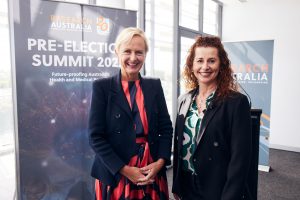 Federal Member for Higgins and Co-Chair Parliamentary Friends of Health and Medical Research Dr Katie Allen MP said health and medical research is greatly valued not only by government but also by the Australian people.
Federal Member for Higgins and Co-Chair Parliamentary Friends of Health and Medical Research Dr Katie Allen MP said health and medical research is greatly valued not only by government but also by the Australian people.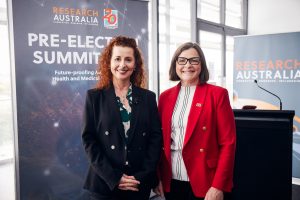 “When public policy is married with research, public good follows,” Ms Kearney said. “Labor will prioritise greater job security in health and medical research.”
“When public policy is married with research, public good follows,” Ms Kearney said. “Labor will prioritise greater job security in health and medical research.”
